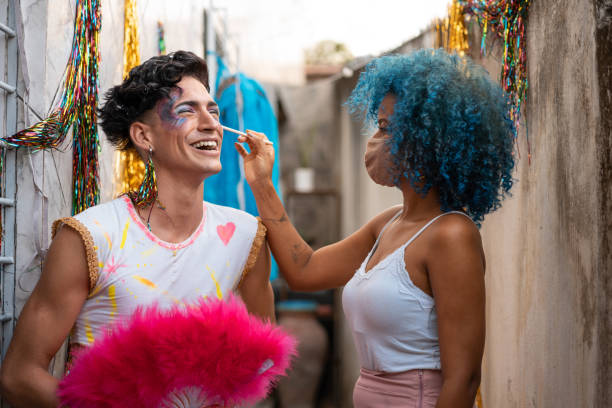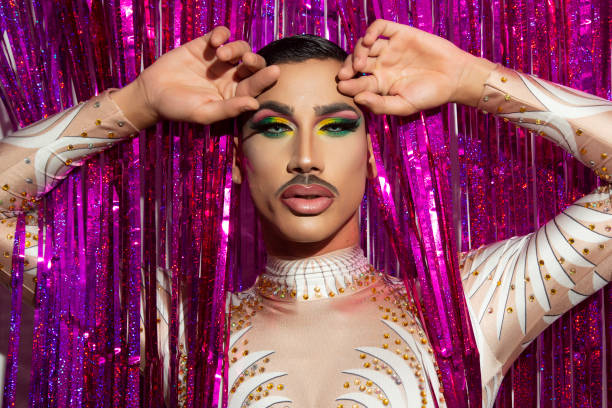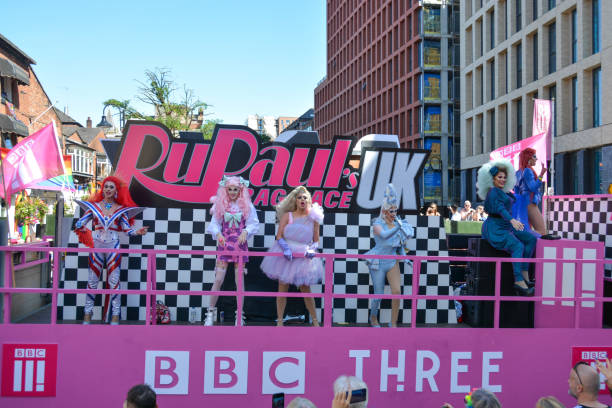Drag performance has long been a vibrant and essential part of LGBTQ+ culture, challenging norms and celebrating self-expression. While many are familiar with drag queens, there's another equally captivating facet of drag: drag kings. In this article, we'll delve into the captivating world of drag kings, exploring their history, significance, and the artistry they bring to the stage.

What is a Drag King?
Similar to drag queens, drag kings are artists who use performance as a means of expressing a different gender from their own. Unlike drag queens, who typically present a heightened femininity, drag kings embrace masculinity in their acts. This art form allows individuals to explore and experiment with gender identity, challenging conventional notions of masculinity and femininity.
The History of Drag Kings
Drag kings have a rich history that can be traced back to the early 20th century vaudeville and cabaret scenes. However, their visibility and recognition in mainstream media and culture have often been overshadowed by the more prominent presence of drag queens. Despite this, drag kings have persisted and thrived in LGBTQ+ communities, providing a platform for performers to express themselves authentically.
Performance Style and Artistry
Drag kings create captivating performances by blending various elements, including fashion, makeup, choreography, and storytelling. They often adopt male personas, channeling masculinity through their costumes, mannerisms, and personas. Some drag kings might impersonate specific male celebrities, while others create original characters that challenge traditional masculine archetypes.
Just as drag queens excel in makeup artistry, drag kings showcase their skills by mastering facial hair application and body contouring techniques to achieve a more masculine appearance. The artistry involved in drag king performances lies in the ability to deconstruct and reinterpret gender norms through their acts.
Significance and Representation
Drag kings play a vital role in expanding the conversation surrounding gender identity and expression. Their performances help challenge the binary concept of gender and demonstrate that masculinity, like femininity, can be diverse and fluid. By sharing their stories and embodying different aspects of masculinity, drag kings contribute to a more inclusive and accepting society.
Empowerment and Community
Like drag queens, drag kings often find empowerment through their performances. The stage becomes a space where they can confidently embrace their chosen gender expression and connect with audiences who appreciate their artistry. Drag king performances also foster a sense of community within the LGBTQ+ spectrum, allowing performers and spectators to celebrate diversity together.
Conclusion
Drag kings are a crucial and often underrepresented part of the drag scene, offering a unique perspective on gender identity and expression. Their performances challenge societal norms, encourage dialogue, and celebrate individuality. By spotlighting drag kings alongside drag queens, we move closer to a more comprehensive understanding of the intricate tapestry that is drag culture, allowing for greater acceptance and appreciation of all forms of self-expression.

